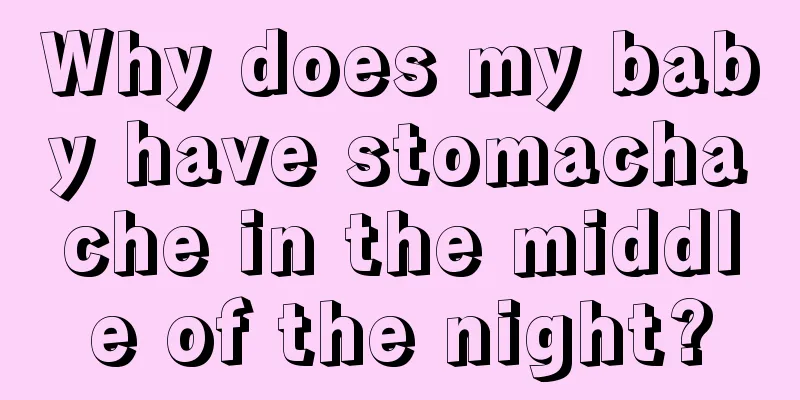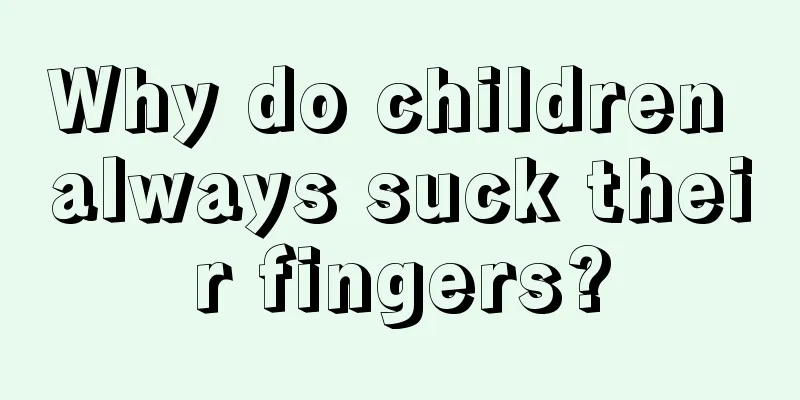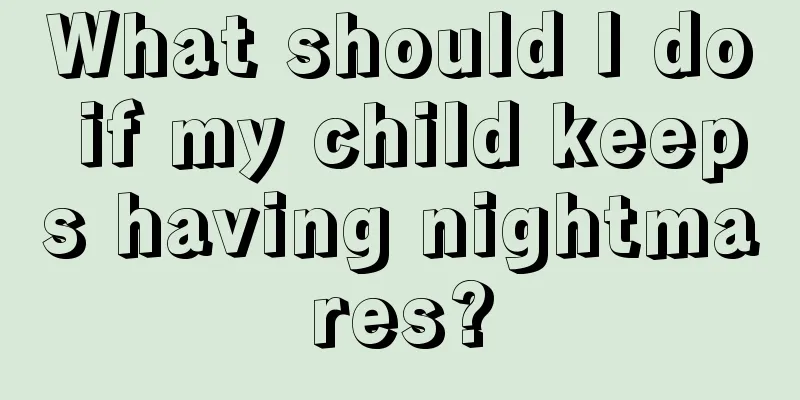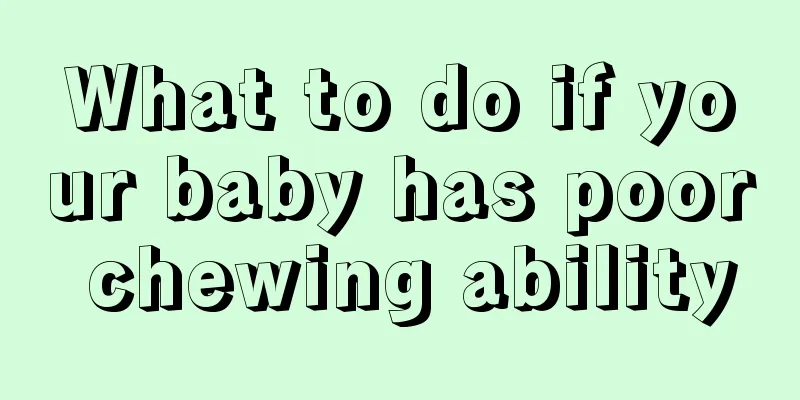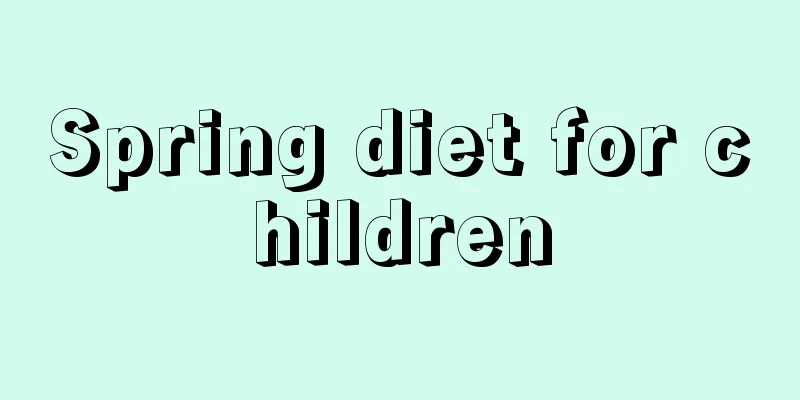Why does the child have cold hands and feet and hot body?
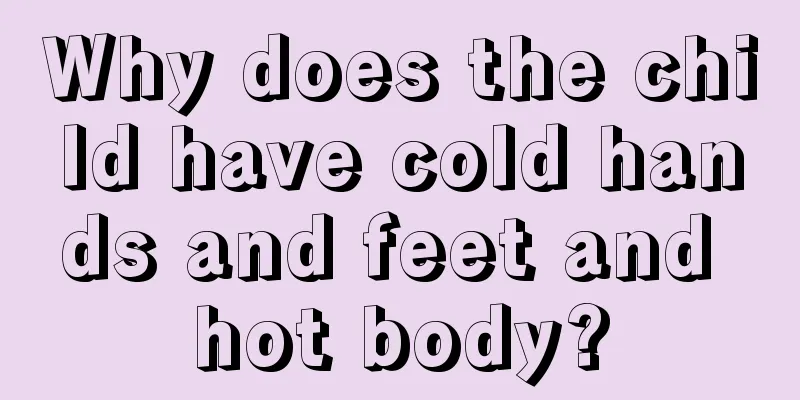
|
Children's physical health is very easily damaged by various factors, causing children to be seriously affected by diseases during their growth and development. For example, colds and fevers are among the most common diseases among children. However, some diseases are relatively rare but very harmful. For example, why does a child have cold hands and feet and a hot body? I hope everyone can understand this. The child has a high fever due to a cold, but his hands and feet are cold. After the body temperature gradually drops, the skin of his hands and feet slowly becomes warm again. This is a phenomenon of true heat and false cold, which is especially common in infants under three years old. This is mainly because children (especially infants) have less blood in their limbs than in their internal organs. Due to insufficient blood supply to their limbs, they are more likely to feel cold than adults. In addition, the development of children's nervous system is not yet complete, and the autonomic nervous system responsible for managing vasodilation and contraction is prone to disorder, resulting in the small blood vessels at the ends of the limbs being in a spasmodic contraction state and becoming cold when high fever first occurs. When children have cold hands and feet, parents should carefully distinguish whether it is real cold or false cold or real heat. An easy way to tell whether your child is really cold or really hot but just pretending to be cold is to measure your child's temperature with a thermometer. If you don't have a thermometer at home, you can touch your child's armpits with your hands, or feel the warmth of the child's exhaled air face to face. If a child's hands and feet are cold, but the armpits, forehead, mouth and other parts are hot or the body temperature is too high, timely antipyretic measures should be taken, and the cause of the fever should be found out, and diagnosis and treatment should be made fundamentally to avoid delaying the disease. In addition, the temperature of a low fever is between 37.5 and 38.5, and you cannot take antipyretics at this stage. Therefore, effective physical cooling is very important. Generally, when a baby has a fever, he or she will feel chilly with cold hands and feet and shivering, but the body will feel very hot.Pay attention to this symptom because this is the most uncomfortable time for the baby, so you need to keep the baby warm. But it is not the case that covering the baby with a thick quilt will make him hotter and hotter. You can warm up your baby's hands and feet as soon as possible by soaking them in hot water and rubbing them. |
<<: What causes left heel pain?
>>: What food is good for children to eat in summer?
Recommend
Standard height of 5-year-old boy
During the baby's growth process, many parent...
Why do baby's fingernails turn white?
If your baby's fingernails are simply white, ...
What medicine is used for children's paronychia
The main cause of paronychia is that the nails ar...
Yinqiao Jiedu Granules dosage for children
Many people ask about the usage of Yinqiao Jiedu ...
Symptoms of newborn baby's bloating
We all know that after a newborn is born, the org...
What is the diet for babies aged seven to eight months?
Most of today's new mothers are well-educated...
What to do if your baby cries before going to bed
Why do babies always cry before going to bed? Whe...
Height at one year and seven months
Under normal circumstances, babies who are one ye...
One and a half year old baby with allergic rhinitis
Children who often scratch their noses or have na...
Why are there red spots on my baby’s tongue?
Geographic tongue is a very common symptom in chi...
Is shingles contagious to babies?
Herpes is a common disease among people. Anyone w...
What jewelry is good for baby boys?
When a baby is born amid the anticipation of the ...
What to eat for ADHD?
ADHD is a very common childhood disease, most of ...
What is the reason why my baby coughs so much?
Usually babies will cough when they have a cold, ...
The harm of children sweating at night
Many children always sweat when they sleep at nig...



